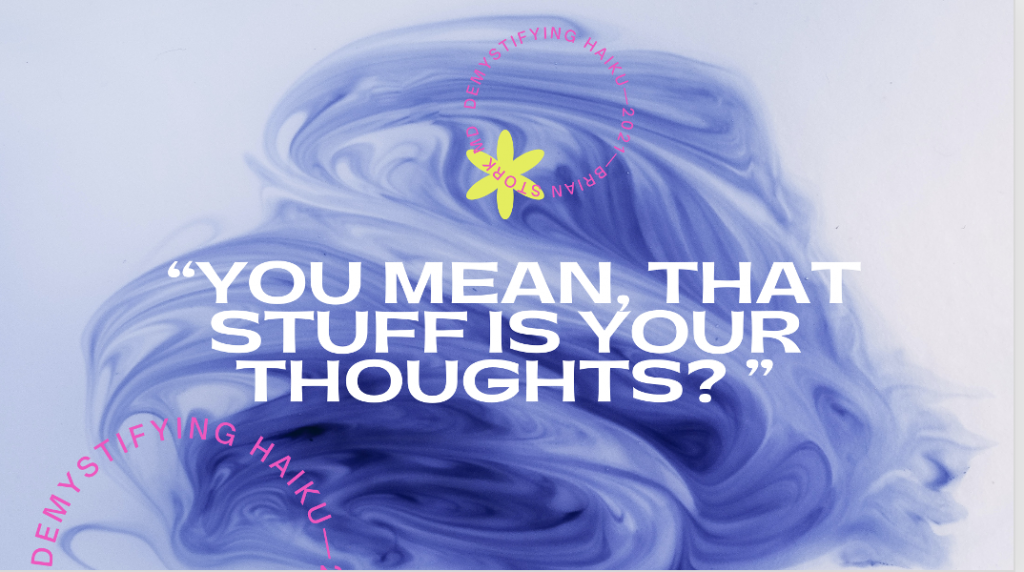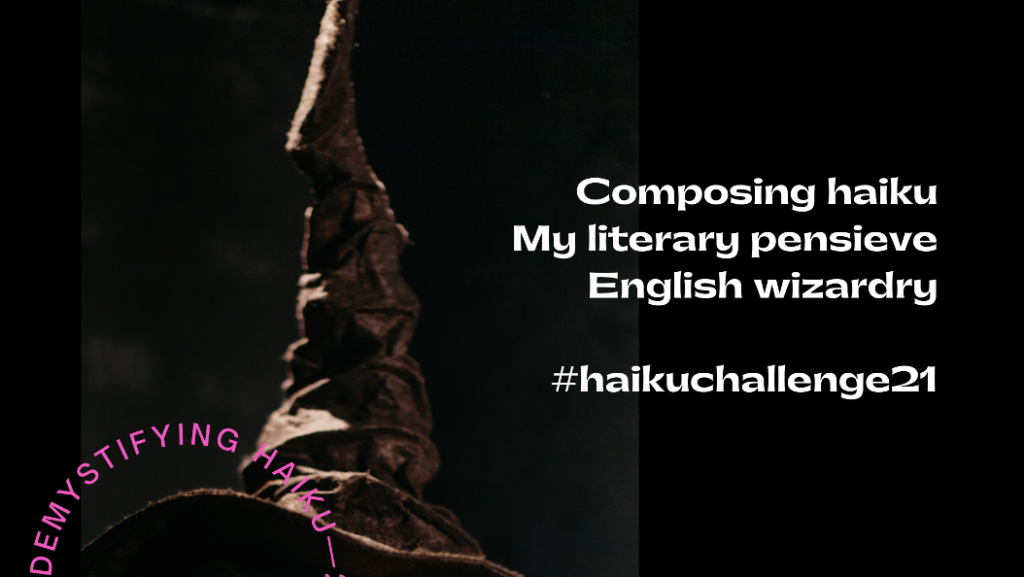In April, Pam Ressler, e-patient Britta Bloomquist, and I presented at Mad*Pow’s Health Experience Design Conference on the topic of “Co-Creating Haiku for Healing, Health, and Change”.

As we all know, the pandemic has been traumatic for patients, nurses, caregivers, and health providers alike. There are many ways people cope with traumatic experiences, and for some, therapy may be the answer. Others turn to written forms of expression, such as poetry, to deal with intense emotions and to make sense of trauma in their minds. Poetry can be a powerful way to process and heal. During these challenging times, I have turned to haiku, a type of short form poetry, to help me stay resilient.
Haiku emerged in Japanese literature in the 17th century and consists of three simple lines—5, 7, and 5 syllables.
Britannica
My interest in haiku goes back to 2015, when I first joined a haiku challenge on Twitter, led by friend, nurse, and mindfulness guru, Pam Ressler. Over the years, Pam and I bonded on the topic of stress reduction in medicine, including dealing with physician burnout. Pam is also the founder of Stress Resources.
Haiku as a Pensieve
I was honored to share my thoughts on haiku with Pam and e-patient Britta Bloomquist at this year’s HXD conference. We invite you to view the talk that is now archived on YouTube. In my portion of the presentation, I likened haiku to a “pensieve”. According to the world of Harry Potter, a pensieve is a magical basin in which one can relive thoughts and memories.

In Harry Potter and the Goblet of Fire, Dumbledore says to Harry, “I sometimes find, and I am sure you know the feeling, that I simply have too many thoughts and memories crammed into my mind…At these times, I use the Pensieve.” Staring at the swirling white substance in the basin, Harry asks, “You mean, that stuff is your thoughts?” Haiku is where I put my thoughts.

A versatile tool for healthcare
In healthcare, patients get bad news, nurses care for dying patients, and surgeons grapple with complications. Yet, somehow, we are expected to compartmentalize these traumatic events and try to carry on.
You can use haiku as your own personal pensieve to “think” and “sieve” through your experiences, thoughts, and feelings. Haiku is a versatile tool that may help you get through the day. Moreover, consider incorporating haiku into your own life. If you do, please share your poems with our community by posting on Twitter or Facebook—and don’t forget the hashtag, #haikuchallenge21.


